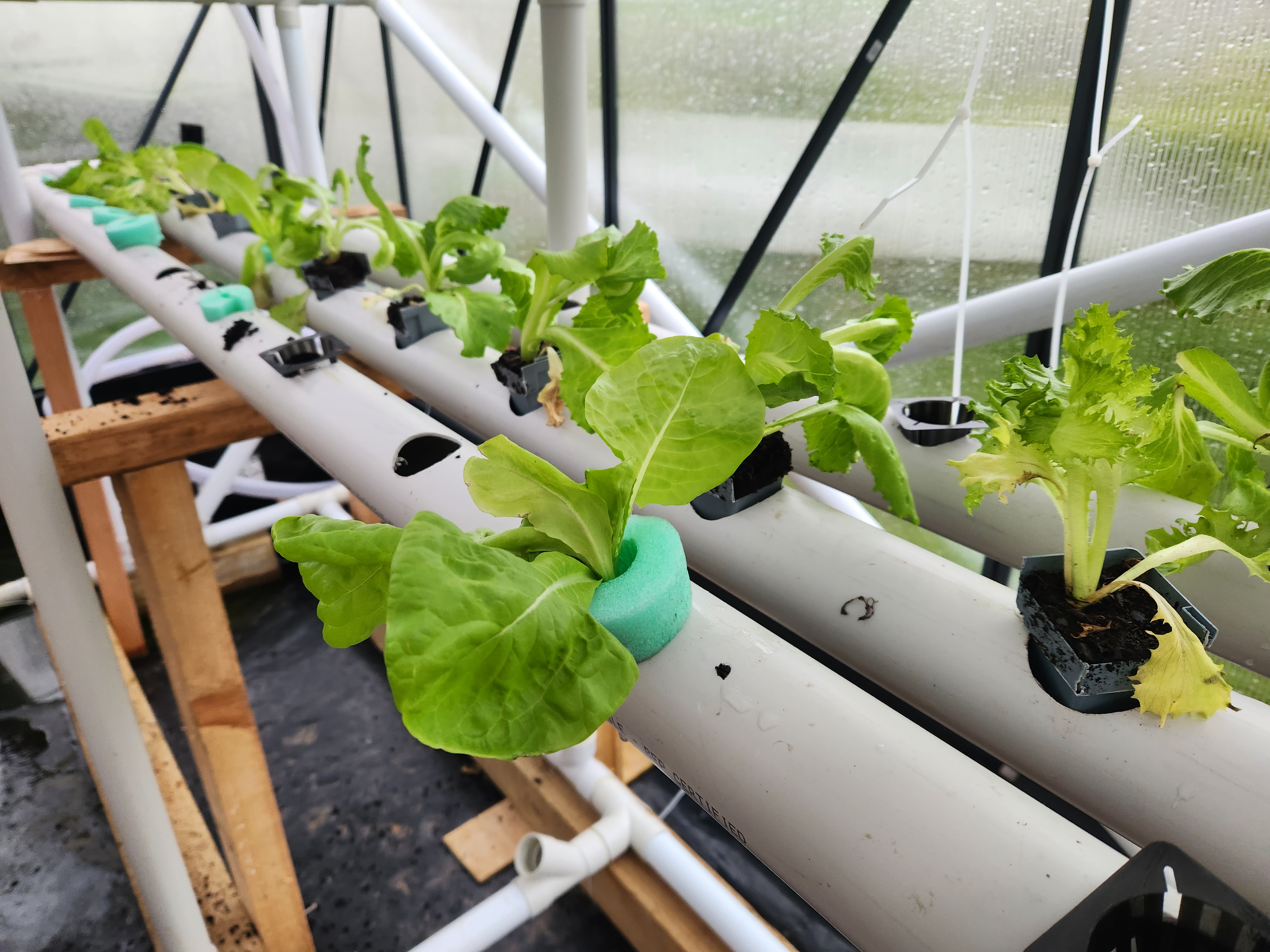
A greenhouse presents an invaluable opportunity for diverse plant cultivation. For numerous homeowners and gardening enthusiasts, this horticultural structure stands as a cherished addition, serving as a sanctuary for delicate flora and seasonal varieties.
An aluminium greenhouse constitutes a dedicated structure designed for the purpose of nurturing and cultivating plants. The greenhouses are engineered to facilitate the transmission of sunlight. Their primary function encompasses the stimulation of plant growth and enhanced fruit production, as well as the cultivation of plant species that might otherwise struggle to thrive within the local climate.
Once the decision is made to invest in a polycarbonate greenhouse tailored to one's gardening requirements, diligent maintenance becomes paramount to ensure its sustained functionality over the years. Presented below are valuable maintenance guidelines, particularly beneficial for novice gardeners.
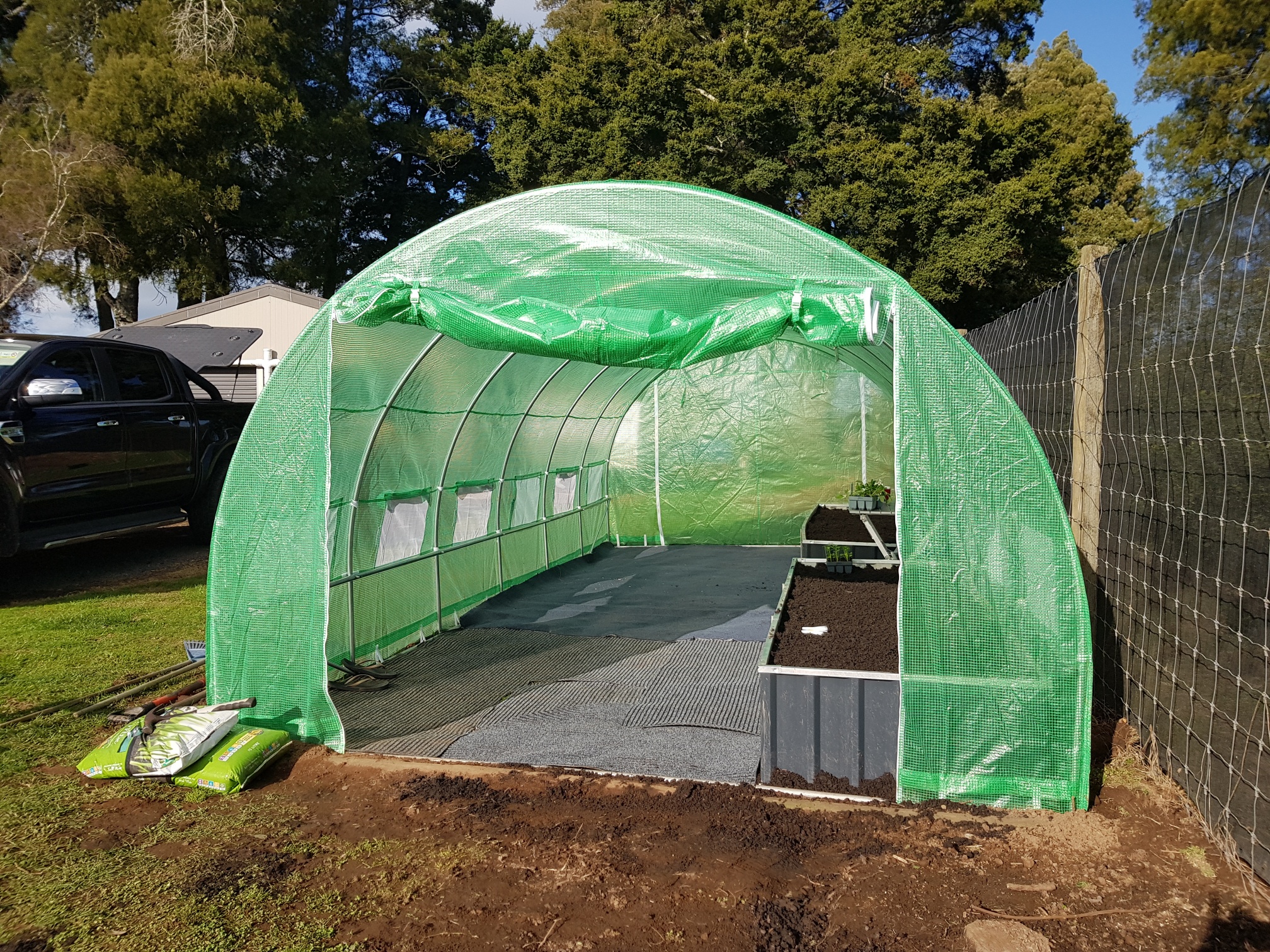
Inspect Frame
When dealing with an aluminum-framed greenhouse, it is paramount to give meticulous attention to its structural integrity. Regularly inspect the joints and connections for any indications of loose, missing bolts, or any signs of damage. In the event that you discover loose bolts, it is imperative to promptly tighten them. This proactive approach not only ensures the greenhouse's stability and longevity but also guarantees the safety of its contents and occupants.
Maintain The Base
During the process of conducting a comprehensive greenhouse maintenance procedure, it is opportune to undertake a thorough examination of the greenhouse's foundational structure. An optimal greenhouse base should exhibit characteristics of robustness and possess a securely engineered framework.
Of particular concern in the context of the greenhouse's structural integrity is the potential emergence of diminutive gaps or crevices. These openings have the potential to inadvertently foster pest infestations or act as conduits for the ingress of desiccating drafts. The structural composition of the base should align with principles of firmness and stability, a paramount consideration. Neglecting to address a loose or inadequately secured base may result in a compromise of the overall rigidity and integrity of the entire greenhouse edifice. As such, meticulous attention to the condition of the greenhouse base during the deep cleaning process is imperative to ensure sustained functionality and durability of the structure.
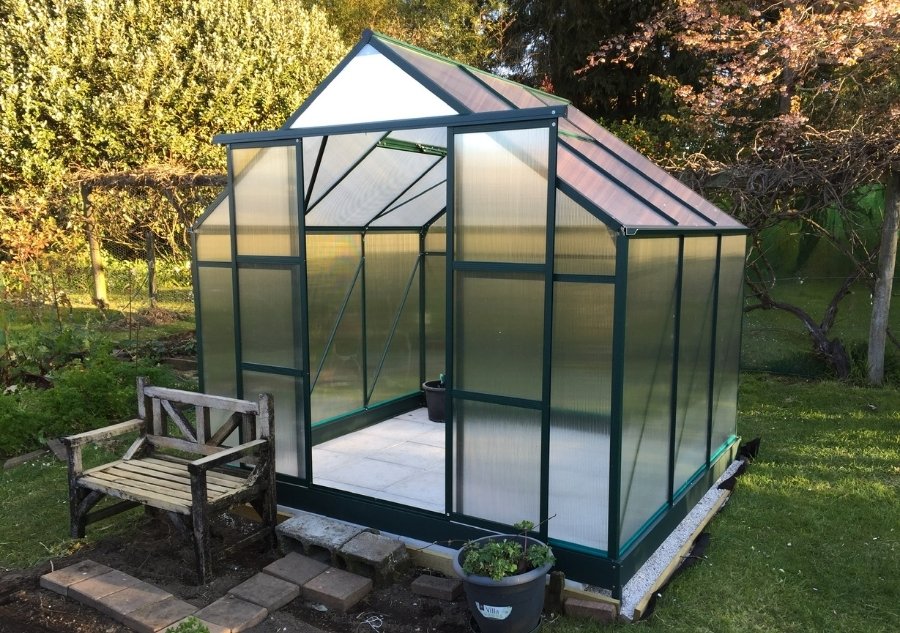
Pest Control
One of the paramount considerations within polycarbonate greenhouse maintenance is the implementation of effective pest control measures. To maintain an environment free from pests, it is imperative to proactively prevent their entry into the greenhouse. If you are a greenhouse owner, meticulous scrutiny of all plants intended for introduction is strongly advised. Even a small number of pests that manage to breach the greenhouse's defenses can rapidly proliferate, resulting in damage to the cultivated flora within.
When confronted with pest-related issues within your greenhouse, the initial course of action entails the introduction of natural predators for the specific pests in question. For instance, the identification of aphids should prompt the acquisition or release of ladybugs, which are known to prey on aphids, thus mitigating their presence within the greenhouse.
Continual vigilance for any potential signs of pest infestations is crucial. These signs may manifest as unusual insect noises or discernible damage to plant leaves. Upon the detection of an infested plant, immediate removal is recommended to prevent the further migration of pests to neighboring vegetation. If available space permits, it is advisable to allocate a designated area for the isolation of infested plants to facilitate timely and efficient pest management.
Ventilation System
As an integral component of standard maintenance procedures, it is advisable to conduct regular inspections of the greenhouse ventilation system to ascertain its optimal functionality. A properly operating ventilation system plays a pivotal role in preserving the health and well-being of your cultivated plants. In the event that the shutters and louvers within the system begin to emit squeaking noises, it may indicate the need for lubrication. It is highly recommended to apply oil to these components to forestall any potential issues related to opening and closing, which may arise from excessive friction.
Regular Cleaning
Beyond the evident benefits of maintaining overall greenhouse tidiness, it is imperative to accord priority to a systematic cleaning routine aimed at sterilizing all surfaces. To achieve this, the utilization of environmentally-friendly soap and warm water is strongly recommended for cleaning the flooring and countertops. For the proactive mitigation of pest and insect infestations, a schedule for fumigation, either on an annual or semi-annual basis, should be adhered to.
Routine cleaning serves as an essential preventive measure against potential pest and disease outbreaks. It is important to bear in mind that insects and mites have a propensity to seek refuge in crevices and cracks, while plant pathogens may persist in the soil, and algae can proliferate. To ensure the continued health of your plants, the combination of thorough disinfection, meticulous preparation, and comprehensive sanitization is key. While regular maintenance remains imperative for year-round greenhouses, those operating seasonal structures can derive significant benefits from undertaking a comprehensive cleaning process during the fall season.
Humidity Level
The humidity levels inside a polycarbonate greenhouse typically tend to be higher than those prevailing outside. Nevertheless, it is imperative not to overlook the management of humidity, as its neglect can lead to imbalances, resulting in air that is excessively humid or excessively dry. To ensure the maintenance of the ideal humidity level within your greenhouse, the following strategies can be effectively employed:
Humidity Regulation: In instances where humidity levels dip below the desired range, a simple yet effective remedy involves placing a tray or bucket of water on the greenhouse floor during daylight hours. As the water evaporates, it contributes to an increase in humidity, helping to restore a balanced and conducive environment for plant growth.
Summer Humidity Control: During the summer season, it is essential to maintain humidity at an appropriate level. To achieve this, consider proactively ventilating the greenhouse by opening vents and windows during daylight hours. This facilitates a continuous influx of cooler air while allowing the release of excess warm air, helping to prevent overly humid conditions.
Caution with Watering: When tending to your plants in the summer, exercise caution when watering. Avoid using cold water, as it can potentially shock the plant's roots. In a state of shock, plants may struggle to effectively absorb moisture and essential nutrients, potentially hindering their growth and overall health. Instead, opt for water at a moderate temperature to ensure the well-being of your greenhouse flora.

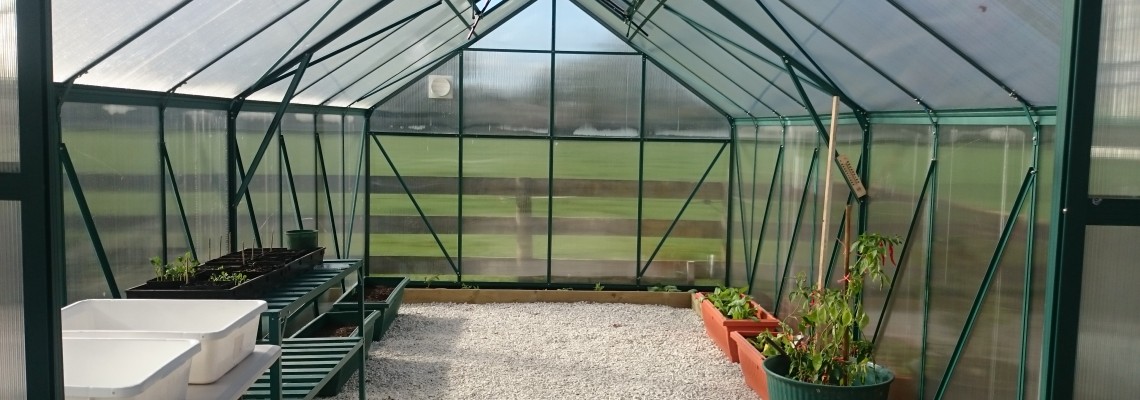





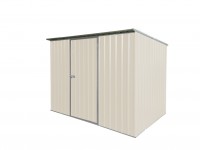

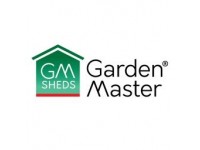

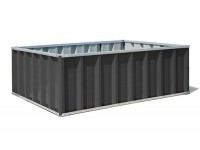
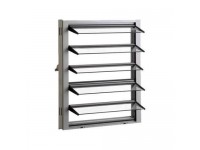
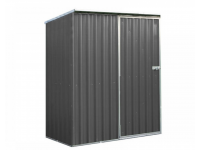
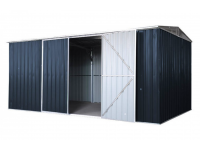
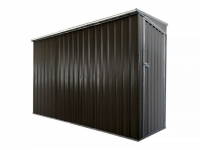

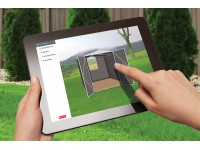

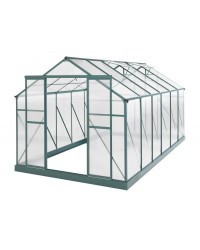
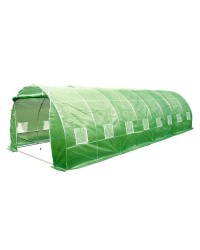
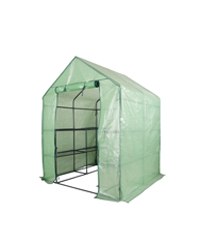
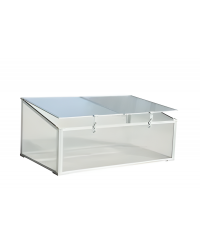
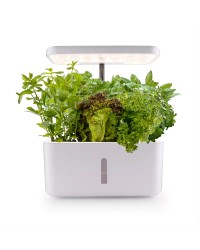
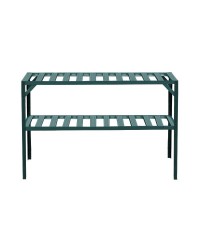
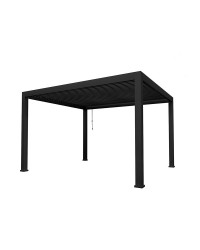
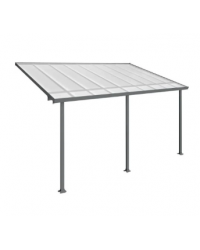
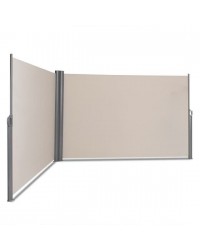

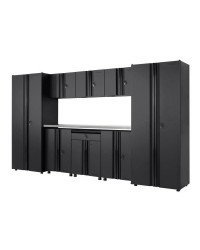
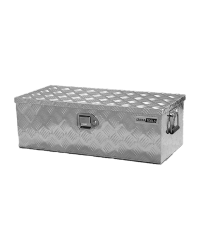
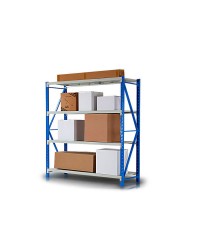
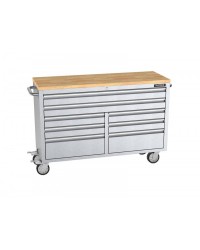
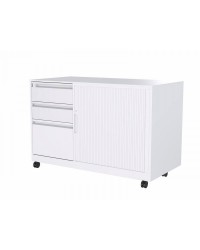




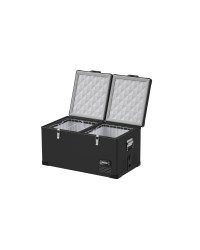
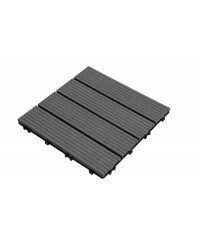
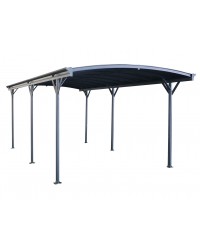
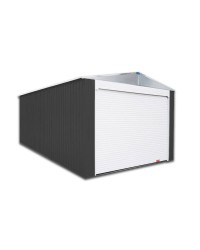





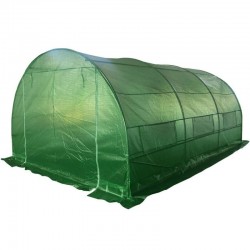

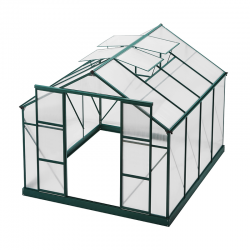
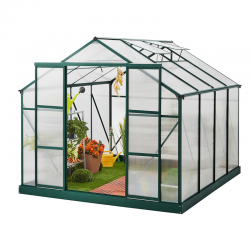
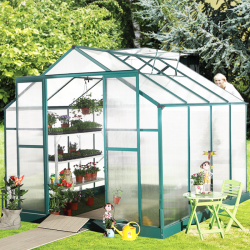
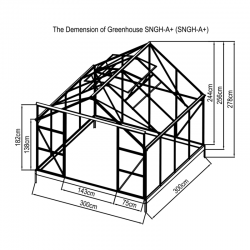
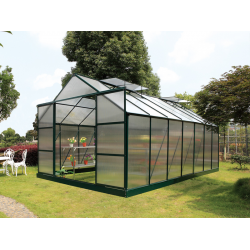
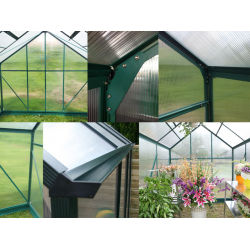
Leave a Comment